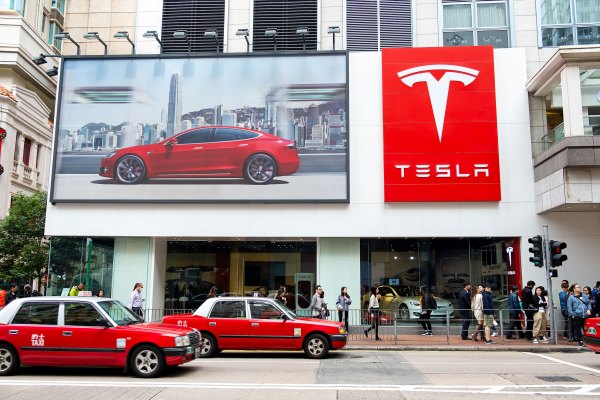The Tesla Model S vehicle fire that occurred in Shanghai this past April, prompting international media attention, was caused by a single battery module and is not a system defect, the company said Friday.
Tesla provided the update on the cause of the fire in a post Friday on its Weibo social media account. A team of investigators analyzed the battery, vehicle history, software and manufacturing data. The fire was caused by a single battery module at the front of the vehicle, Tesla said.
The company has issued a software update that will change battery charge and thermal management settings in Model S sedans and Model X SUVs.
This software update was first announced in May following the company’s investigation into another Model S fire in Hong Kong. In that incident, a Tesla Model S caught fire March 14 while parked near a Hong Kong shopping mall. The vehicle was sitting for about a half an hour before it burst into flames. Three explosions were seen on CCTV footage.
A Nio-led team of experts that included the supplier of the battery pack module, investigated a reported fire involving an ES8 in Shanghai. The team concluded there was a vulnerability in the design of the battery pack that could cause a short circuit. In this case, battery packs in the vehicles involved were equipped with a module specification NEV-P50.
Vehicles with 70kWh battery packs produced after October 20, 2018 are equipped with the NEV-P102 modules and have different internal structural designs. These packs don’t have the same risk, Nio said.
